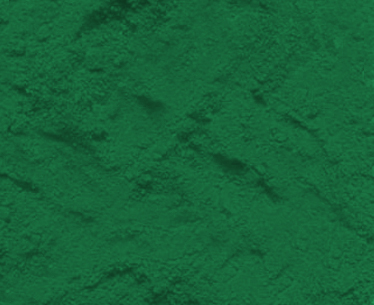Organic Pigments Used in Offset Ink
2024-09-27
Offset printing ink belongs to lithography printing, accounting for about 40% of the total printing ink, this type of printing ink is the use of oil/water incompatibility principle, on the surface of the plate through chemical principle to form an oil-wet part of the graphic part, the blank part to form a water-wet film, first to the plate water, so that the blank part to form a hydrophilic ink-repellent water film, and then to the plate ink, so that the graphic part with ink. Under the action of printing pressure, the graphic machine blanket roller on the printing plate is transferred to the surface of the substrate, leaving a rich impression of color levels, and achieve the purpose of printing. Offset ink is a uniform fluid composed of pigments, fillers, connecting materials and auxiliary materials, which are fully mixed and ground. With a certain viscosity, most of the offset ink is oxidized conjunctiva drying. As a coloring material, the pigment has the following characteristics: the brightness of the yellow, magenta and cyan pigments of the printing ink should be high, and the connection material should be combined quickly and evenly; The paint shouldn't absorb too much oil. The inspection of printing ink includes: color light and hue, color intensity, oil absorption, PH value, viscosity, brightness, hiding power, resistivity, dispersion function, water soluble matter, filling volume, oil resistance and light resistance, heat resistance, acid/alkaline resistance, etc. There are many kinds of pigments used in the production of offset ink, organic pigments include insoluble azo pigments (such as pigment yellow 12, pigment yellow 14), azo lake pigments (such as pigment red 49:1, pigment red 53:1, pigment red 57:1), phthalocyanine pigments (such as phthalocyanine blue B-15:3, green G-7), heterocyclic pigments, etc. Because many use four-colour offset presses, the printing process uses yellow as the final printing process, so the clarity of the final yellow pigment should be as high as possible. Most of the yellow pigments in offset printing ink choose benzidine yellow, which is easy to control and grasp its color and brightness. The blue pigment is stable β-phthalocyanine blue, and a small amount of phthalocyanine blue is used as a color palette when necessary. Although red can choose peach with strong blue light, there is low color intensity in peach, and perhaps the overprinting effect of red, yellow and blue is not very ambitious. Therefore, the printing factory mostly uses magenta 6B pigment (C.I. pigment red 57:1), rather than peach or mixed with C.I. Pigment red 57:1 to improve the color concentration.




